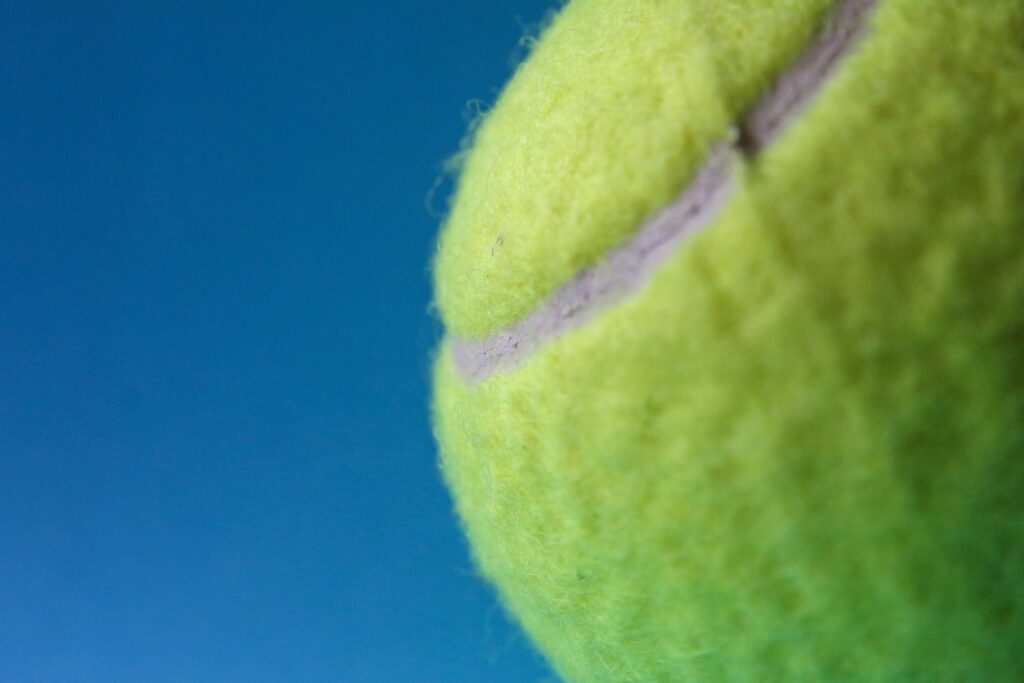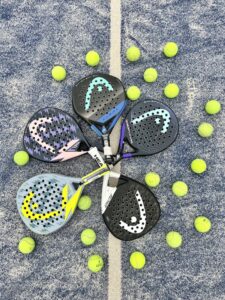Mastering the Game: How to Adapt to Different Padel Court Surfaces for Optimal Performance
3 min read
Mastering the Game: How to Adapt to Different Padel Court Surfaces for Optimal Performance
Padel is an exhilarating sport that combines elements of tennis and squash, played on a smaller court surrounded by walls. One of the unique aspects of padel is the variety of court surfaces you may encounter. Each surface comes with its own challenges and requires a different tactical approach. In this article, we will explore how to adapt to different padel court surfaces to maximize your performance and dominate the game.
The Clay Court Challenge
A clay court is a common surface in padel, and it can be a tricky one. The clay’s softness slows down the ball, and it tends to generate more spin. To adapt to this surface, it is crucial to focus on your footwork and prepare earlier for shots. Since the ball’s bounce is slower, hitting the ball a little earlier will provide more control, allowing you to direct your shots effectively.
Additionally, the increased amount of spin on a clay court creates opportunities for effective shots by utilizing topspin or slice. Mastering these techniques will give you a competitive edge, allowing you to maneuver the ball with precision and disrupt your opponents’ rhythm.
The Carpet Court Challenge
A carpet court is a fast-paced surface that demands quick reflexes and agility. The ball bounces low and skids off the surface, making it challenging to anticipate. To adapt to a carpet court, maintain a lower center of gravity and ensure quick footwork to respond promptly to unpredictable bounces.
On a carpet court, it is beneficial to use flatter shots rather than relying heavily on spin. Flat strokes will enable the ball to travel faster, keeping your opponent on their toes and minimizing their reaction time. Cultivating a strong and consistent volley game can also work wonders on a carpet court, as it allows you to take control of the game and keep the pressure on your rivals.
The Artificial Grass Challenge
An artificial grass court offers a medium to high-paced game with a consistent and predictable bounce. The surface allows for a wide array of shots and strategies, making it an exciting challenge for padel enthusiasts. To adapt to an artificial grass court, it’s crucial to amplify your movement efficiency and develop anticipation skills.
As the bounce is relatively even on an artificial grass court, you can experiment with a variety of shots. Utilizing lobs and drop shots strategically can help you exploit any weaknesses in your opponents’ positioning. Additionally, making use of volleys and strong serves will put you in control of the game, enabling you to dictate the pace and direction of play.
The Concrete Court Challenge
A concrete or cement court is the fastest and most unpredictable surface in padel. The ball bounces off the surface quickly and tends to skid, making it challenging to anticipate. To adapt to a concrete court, mastering the fine balance between power and control is of utmost importance.
On a concrete court, aim for strong, penetrating shots that allow you to put pressure on your opponents. Utilizing aggressive strokes and powerful serves will pay off on this surface. However, always be mindful of finding the right balance to maintain control and prevent unforced errors. Quick reactions and anticipation are the keys to succeeding on a concrete court.
Conclusion
Mastering the game of padel requires adaptability and versatility across different court surfaces. By understanding the unique challenges posed by each surface, you can adjust your strategies and techniques accordingly. Whether you find yourself on a clay court, carpet court, artificial grass, or concrete court, the key is to embrace the challenge and seize every opportunity to showcase your skills.
Remember: pay attention to your footwork, anticipate the unpredictable bounces, and refine your shot selection. With these tips in mind, you’ll be well on your way to adapting to different padel court surfaces and achieving optimal performance. So, grab your racket, step onto the court, and embrace the diversity of padel court surfaces!







